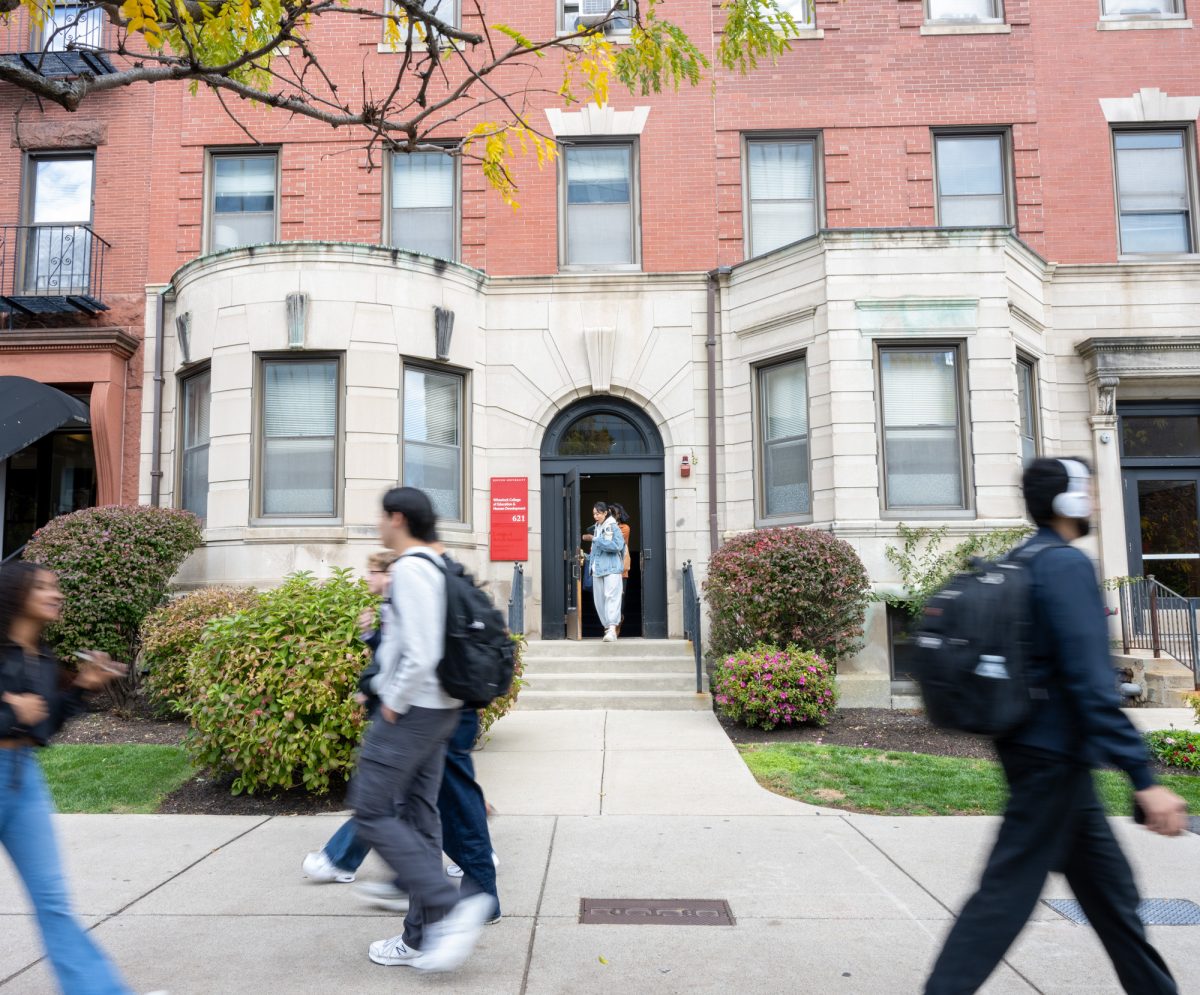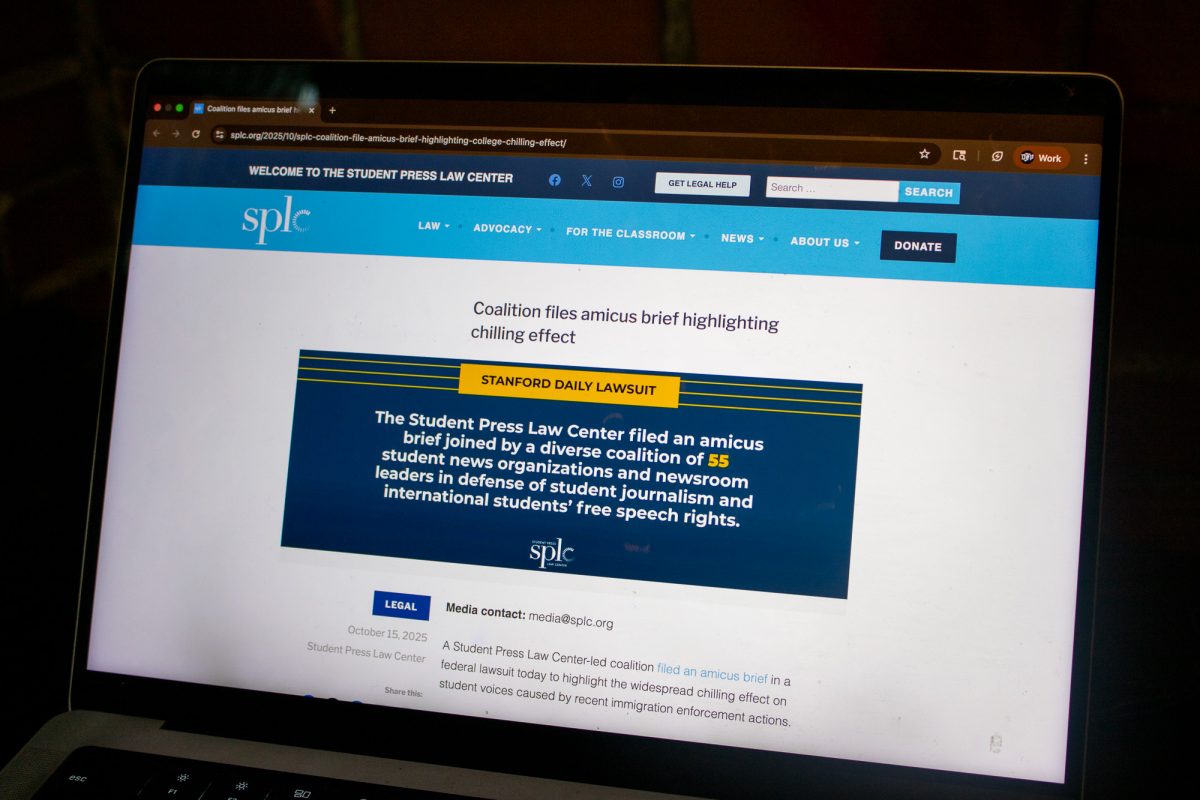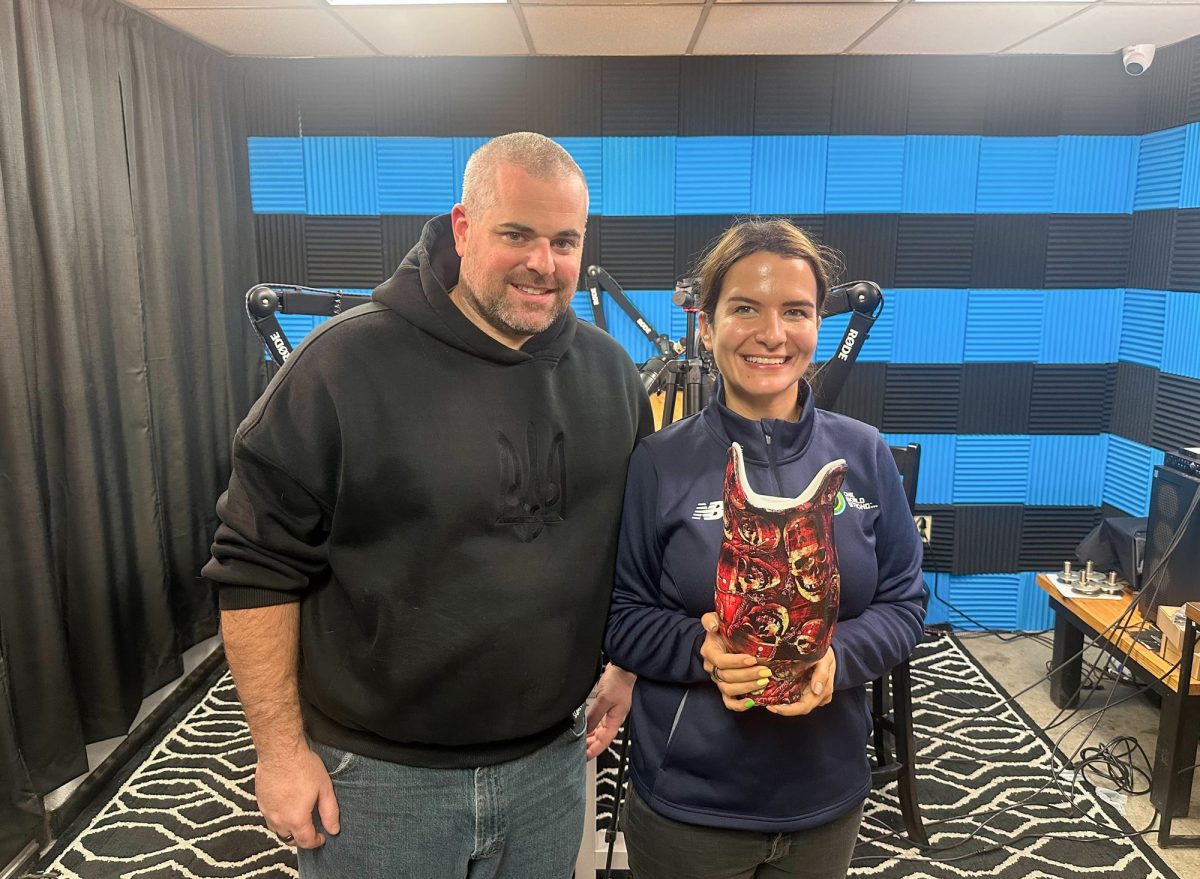Writing centers across Boston University’s campus have seen a hike in the amount of English-as-a-second-language students utilizing their resources.
Approximately 75 percent of the students who visit the College of Arts and Sciences Writing Center speak English as a second language, said CAS Writing Center Coordinator David Shawn.
“It’s an incredibly challenging issue,” he said. “We don’t have enough people who are knowledgeable about working with ESL students, who have much experience with it. We keep training more and more people, so we’re getting better at that, but still it’s a sharp learning curve for everyone that comes in.”
Faced with a limited amount of time and resources, writing centers are struggling to meet the needs of both native and non-native speakers, Shawn said.
“We could use more resources,” he said. “Within the constraints that we have, we do the best that we can.”
ESL students often have writing issues that require more time, training and diligence from tutors to diagnose and address recurring problems, said Joykrit Mitra, a tutor in the College of Communication Writing Center.
“By default, the best thing for international students to do is to sign up for a session that’s one hour long,” he said, “which is not something I would recommend to a native speaker.”
Faculty and staff at BU’s Educational Resource Center and writing centers attribute the influx of ESL students to the increasing amount of international students enrolling in at BU each year.
Twenty-one percent of BU’s total student population is comprised of international students, said Provost Jean Morrison in a letter. This figure has climbed from 6 to 10 percent annually over the past five years.
While ESL students largely struggle with grammatical correctness, Shawn said, the Writing Center tries not to have ESL students understand their service as a “fix-it shop.”
“For many of the [ESL] students, they’ll come in thinking in terms of grammar, but often times they will have a great deal of difficulty with reading comprehension, with understanding assignments and with understanding academic conventions, especially early on in their careers in the University,” he said.
Mitra, the COM Writing Center’s ESL specialist, said he often addresses these issues in his tutoring appointments.
The CAS Writing Center, COM Writing Center and ERC have developed strategies to address the specialized needs and logistical burden of ESL students, according to faculty and staff at the resource centers.
The ERC now offers 30-minute ESL Writing Skills Appointments, said Assistant Director of the ERC Gin Schaffer.
CAS Writing Center tutors are now required to take a Tutoring in ESL WR598 course, Shawn said. The class allows tutors in the writing center to visit an ESL course and meet with instructors, observe experienced tutors working with ESL students and practice the skills they learn hands-on, he said.
“These are some tools, some tricks, some techniques that others have used to try to address the issues that ESL students are facing, and that they as tutors face,” Shawn said.
COM freshman Derin Kiyak, an international student, said he found writing the most difficult component of his classes.
“I usually spend 15 minutes on just one sentence,” he said. “I’m not talking about the punctuation and the grammar and the word choice, those are there. But, first of all, putting your ideas together in a second language can be hard. It’s really hard to get your point across.”
Shawn said he and his tutors work to ensure ESL students are advancing their writing skills as a whole.
“The best tutors are able to make it clear to those students that becoming a better writer is going to help make this paper better, it’s also going to make their next papers better as well,” he said. “It’s a great and challenging issue, but it’s a good problem to have, I think.”























































































































